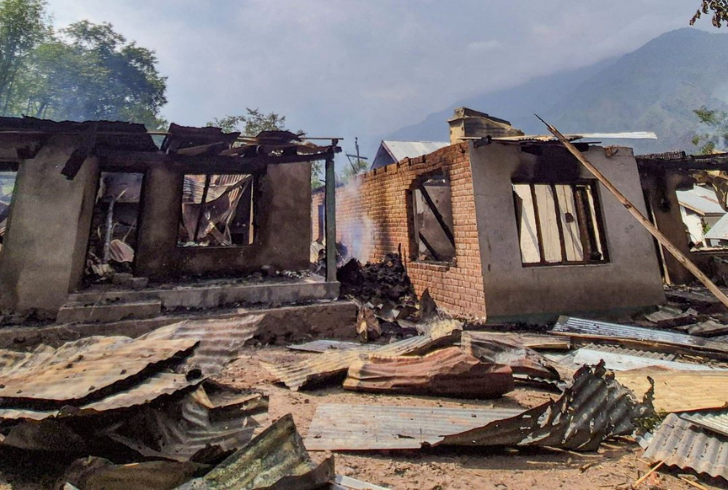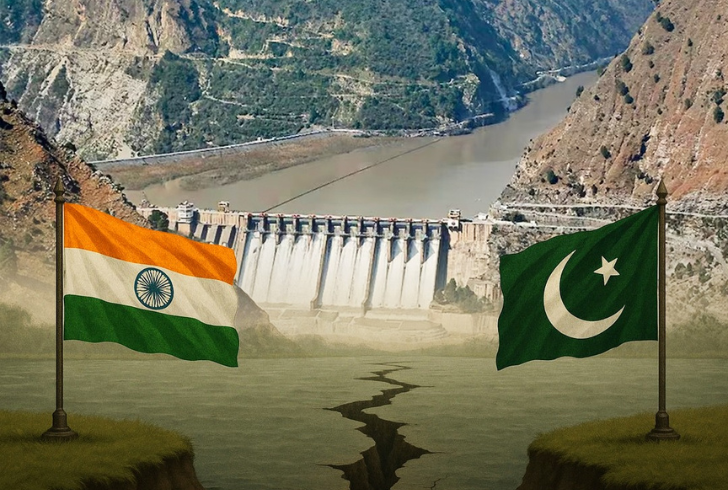The Reality of India and Pakistan’s Most Dangerous Border
Life along the India-Pakistan border is a reality shaped by unpredictability, constant watchfulness, and the unsettling silence between rounds of conflict. The Line of Control (LoC), slicing through the contested region of Kashmir, isn’t just a geopolitical divide—it’s a daily tightrope walk between calm and chaos for those who live nearby.
A Border Marked by History and Strife
India and Pakistan share more than just a long and complex history—they’re connected by a 3,323km border, including the highly sensitive 740 km-long LoC and a 2,400km stretch of the International Border (IB). The LoC took shape after the first war between the two nations in 1949 as the “Ceasefire Line” and was later renamed following the 1972 Simla Agreement.
While the International Border often sees regular patrols and managed security, the LoC tells a different story. This stretch through Kashmir remains one of the most heavily militarized zones in the world. Military outposts dot rugged terrain, and the risk of escalation is never far behind.
Ceasefire violations here aren’t rare, and they vary from small-scale exchanges to more intense operations involving artillery and surgical strikes. According to Happymon Jacob of Jawaharlal Nehru University, these infractions often go beyond minor skirmishes and can involve taking over strategic points like hilltops or bunkers—moves that quickly spiral into broader confrontations.
Living in a Conflict Zone

Instagram | @ptinews_multimedia | Recent cross-border shelling near the LoC has displaced thousands and made peace elusive for civilians.
For civilians living in the shadow of the LoC, peace is often fleeting. Cross-border shelling not only claims lives but also leaves entire communities displaced or living in bunkers for days on end. Following a recent spike in tensions after an attack in Pahalgam, the renewed conflict forced thousands to evacuate.
Anam Zakaria, a Canadian-based Pakistani author, describes the experience vividly: “Each round of shelling forces families underground. Homes, schools, and hospitals get damaged, and people lose everything they’ve worked for—again and again. The conflict is carried out over their heads, with little thought for what it costs them daily.”
In 2016 alone, nearly 27,000 people were displaced due to border violence. These episodes often go unnoticed in international discussions, despite being deadly flashpoints between two nuclear-armed nations.
The Fragile Ceasefire and Escalating Tensions
Despite a ceasefire agreement between India and Pakistan in 2021, calm has proven temporary. The recent breakdown in that agreement followed the attack in Pahalgam and led to a resumption of heavy cross-border fire. In response, India suspended the Indus Waters Treaty—a long-standing pact regulating river water sharing—while Pakistan threatened to abandon the Simla Agreement, the very basis for the current border structure.
According to Surya Valliappan Krishna from Carnegie India, “What makes this moment particularly concerning is that it comes after four years of relative peace. The fact that things fell apart so quickly shows just how thin the line is between calm and chaos.”
Ceasefire violations were minimal between 2003 and 2007. However, post-2008, tensions rose steadily, peaking between 2013 and early 2021. Even after the 2021 ceasefire, stability remained tentative, with local military actions often igniting new flare-ups.
Ground Realities
Experts like Happymon Jacob argue that most ceasefire violations aren’t the result of top-level military or political strategies. Instead, they often stem from localized decisions made by field commanders, sometimes without higher approval. Pakistan is frequently accused of providing cover fire for militant crossings, while India is blamed for unprovoked attacks on civilian zones.
This ongoing tit-for-tat has created a deadly rhythm of retaliation, where both sides justify aggression based on the other’s actions. The use of high-caliber weapons like 105mm mortars and anti-tank missiles has become alarmingly common—and yet, the issue still flies under the radar in global diplomatic conversations.
A Border That Divides More Than Land

Instagram | @timesnow | India’s suspension of the Indus Waters Treaty and Pakistan’s Simla Agreement threat escalated tensions.
The suggestion to convert the LoC into an internationally recognized border has resurfaced multiple times. From 2004 to 2007, it was even discussed as part of a larger peace initiative. But that vision soon collapsed.
Sumantra Bose of Krea University believes such an idea is unrealistic. “Pakistan would see this as surrendering its claim over Kashmir, something no government has ever agreed to. Meanwhile, Indian maps continue to show the entire region as an integral part of the country. It’s a non-starter politically on both ends.”
In his book “Kashmir: Roots of Conflict, Paths to Peace”, Bose writes that any meaningful solution would need to turn the LoC from a hardened military boundary into something more like a symbolic divide—“a linen curtain,” as he calls it—without removing it entirely. However, such a shift would need to be part of a broader political resolution, which currently feels out of reach.
The Cost of Living on the Fault Line
As military tensions flare and political agreements falter, it’s civilians who pay the highest price. Residents in villages like Salamabad or Bakoat now build bunkers as routinely as one might repair a roof. One hotel worker in Pakistan-administered Kashmir summed up the anxiety simply: “No one wants to go to sleep facing the Line of Control. You never know if you’ll wake up.”
That sense of dread isn’t just emotional—it’s a reflection of a decades-long struggle that keeps real people caught between two nations, two narratives, and a future that feels anything but certain.